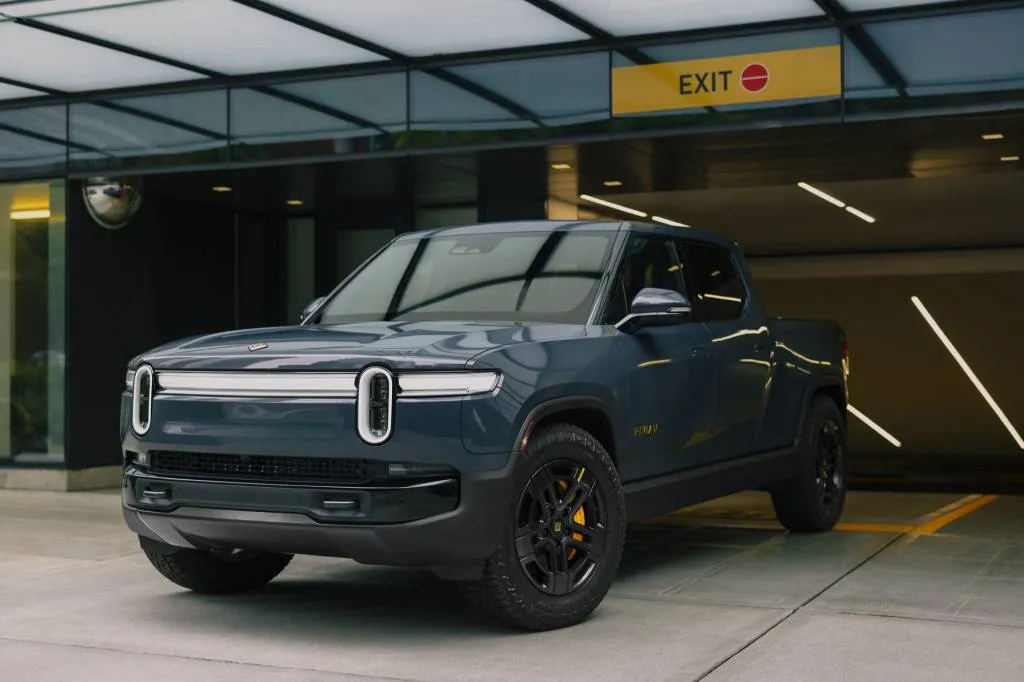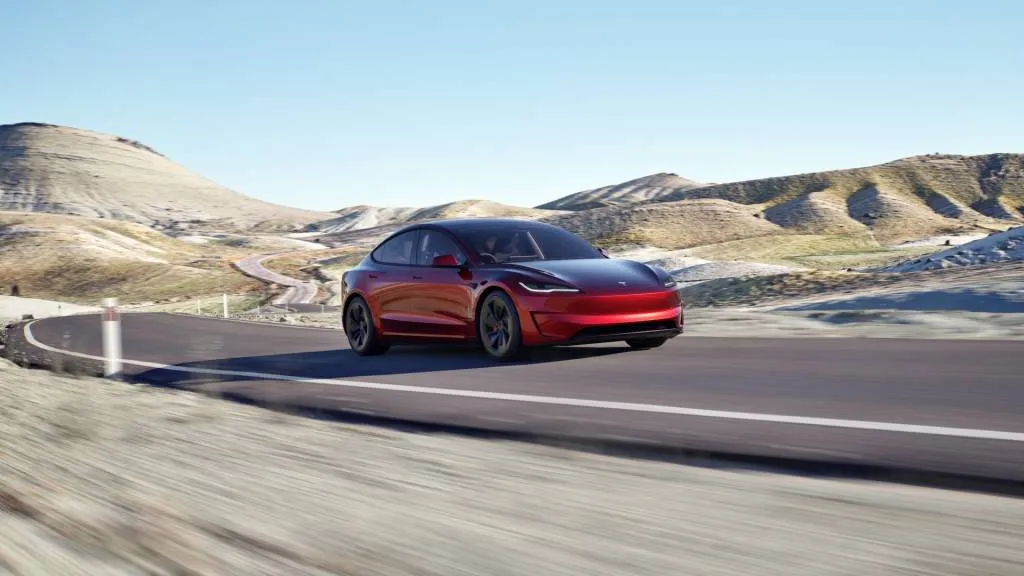FYI: High performance and all-wheel-drive electric vehicles (EVs) might be linked to the soaring insurance costs associated with electric vehicles due to their high torque and weight.
Powerful EVs and Insurance Costs: Unraveling the Connection
Electric vehicles (EVs), particularly those equipped with multiple motors and all-wheel-drive, could be a significant factor behind the stubbornly high insurance costs for EV owners. Recent analysis by LexisNexis highlights that EVs boasting more than 300 lb-ft of torque, especially those with a high torque-to-weight ratio, are linked to higher insurance loss costs. This insight was shared with Green Car Reports, reflecting claims data across various EV brands and insurers.
2025 Porsche Taycan Turbo GT Weissach package
Torque and Risk: The Data’s Ambiguity
The findings do not conclusively determine if the elevated power and acceleration capabilities of these EVs lead to more aggressive driving behavior or if other factors are at play, making quicker EVs seemingly less safe. EV enthusiasts often praise the "instant torque" and impressive acceleration, a feature some automotive executives have even heralded as a safety benefit.
Comparing EVs with Gasoline Models
Unlike their gasoline counterparts, the higher-risk level associated with EVs does not translate the same way. While a smaller percentage of gasoline vehicles produce more than 300 lb-ft of torque, this detail alone doesn’t seem to elevate their insurance loss costs in the same manner as it does for EVs.

2025 Rivian R1T
Beyond Torque: Other Influential Factors
It’s important to remember that correlation doesn’t equal causation. Various elements beyond torque could contribute to high insurance costs for EVs, such as one-pedal driving modes. "While torque contributes to the higher insurance loss cost of electric vehicles, it is important not to view these numbers solely through the lens of torque," stated Xiaohui Lu, Vice President of LexisNexis global business development. Lu pointed to the costly nature of EV repairs, particularly due to the higher expenses associated with heavier EVs and the pricey battery replacements.
Balancing Safety and Cost
Despite these insights, some EVs exhibit lower loss rates, proving that there are plenty of safe EV drivers. The key issue lies in the higher costs associated when accidents do occur — driven by factors such as EVs’ greater weight and the soaring prices of associated collision repairs.

2024 Tesla Model 3 Performance
The Consumer Conundrum
For owners of niche performance vehicles, the steep insurance premiums might be an expected tradeoff. However, for drivers of more mainstream models like the Tesla Model 3 or the Hyundai Ioniq 5, the high insurance costs might come as an unwelcome surprise.
In conclusion, while powerful EVs do contribute to higher insurance costs, it’s crucial to consider the broader picture, including the high repair and battery replacement costs. For more insights and updates, reach out to us at tips@automotive.fyi, or follow us on Twitter @automotivefyi.
Steven Hale, Editor at Automotive.fyi


